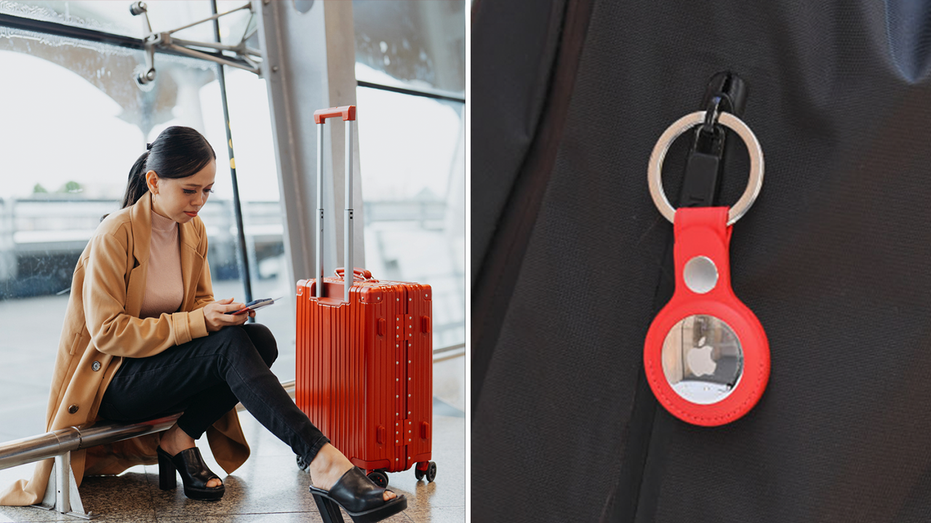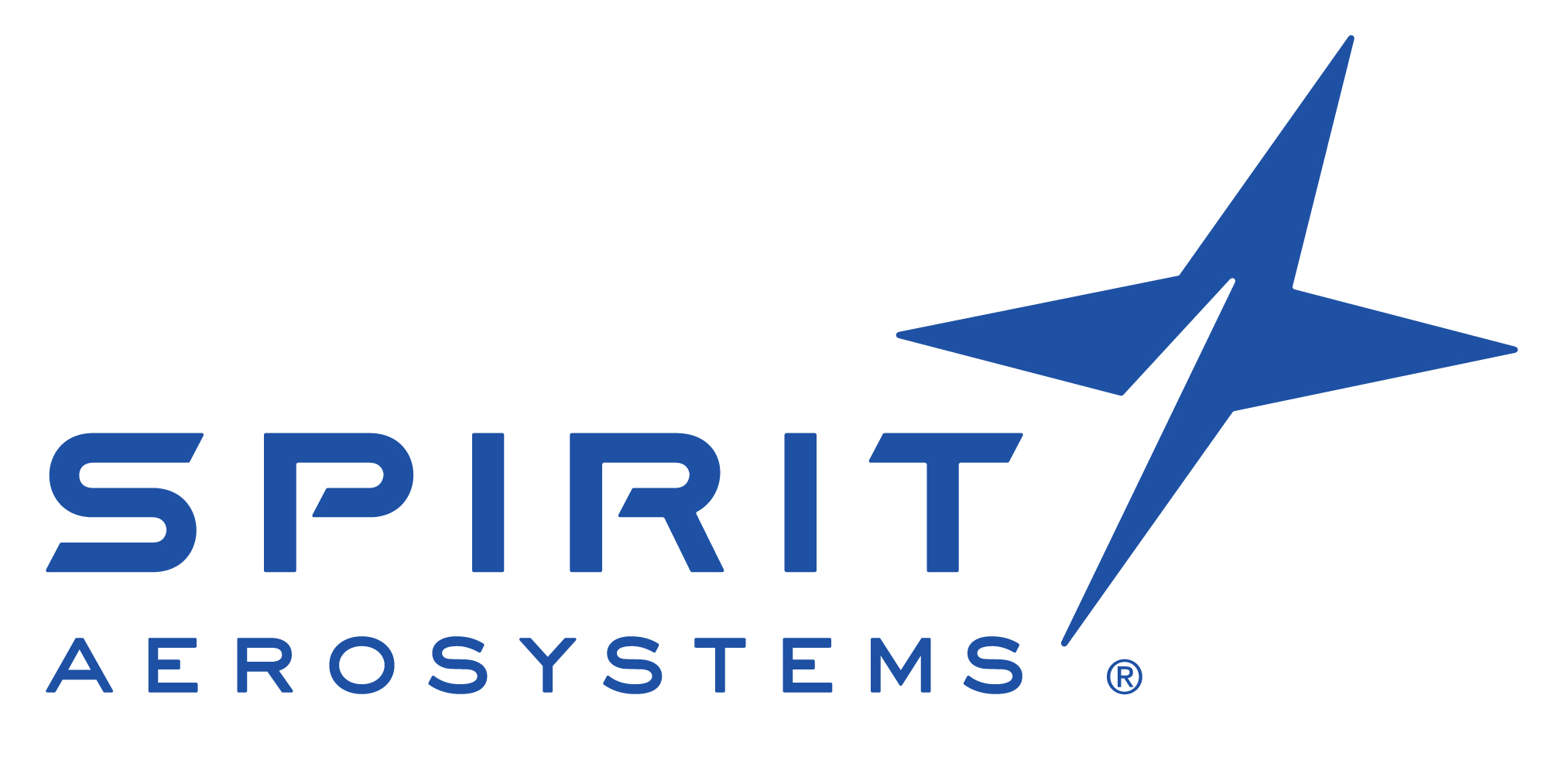Sunday, August 25, 2024 Europe is set to implement new border control measures starting in November 2024, introducing a biometric passport system designed to streamline entry and exit processes for travelers. This system will be followed by a new travel authorization requirement for many visitors, expected to roll out six months later. Here’s what you need to know about these upcoming changes.
The European Union (EU) will launch its new Entry/Exit System (EES) on November 10, 2024, as confirmed by EU Home Affairs Commissioner Ylva Johansson. The EES will utilize biometric data—such as fingerprints and facial recognition—to allow short-stay visa holders and visa-exempt travelers to enter and exit Schengen-area countries via electronic gates. This system is intended to replace the traditional passport stamps, which are currently used across European borders but are time-consuming and ineffective at tracking overstayers—travelers who remain in the Schengen area beyond the 90-day limit in any 180-day period.
The EES will register a traveler’s name, travel document type, biometric data, and the date and place of entry and exit, making it one of the most advanced border management systems in the world. “With the Entry/Exit System, we will know exactly who enters the Schengen area with a foreign passport. We will know if people stay too long, countering irregular migration.
And the Entry/Exit System will make it harder for criminals, terrorists, or Russian spies to use f.

















